Tomato cages serve as a highly adaptable and valuable asset for gardeners seeking to optimize their available space and offer support to diverse plant species. Initially intended for providing support to the sprawling growth of tomato plants, these cages can, in fact, enhance the development of numerous other plant types by delivering vertical support, enhancing airflow, and decreasing the likelihood of disease. Gardeners utilizing tomato cages can keep plants elevated above the ground, which aids in the prevention of rot and pest problems. This article will cover 12 excellent plants that gain advantages from the employment of tomato cages, underlining the benefits of vertical gardening and illustrating how it can result in healthier, more productive plants.
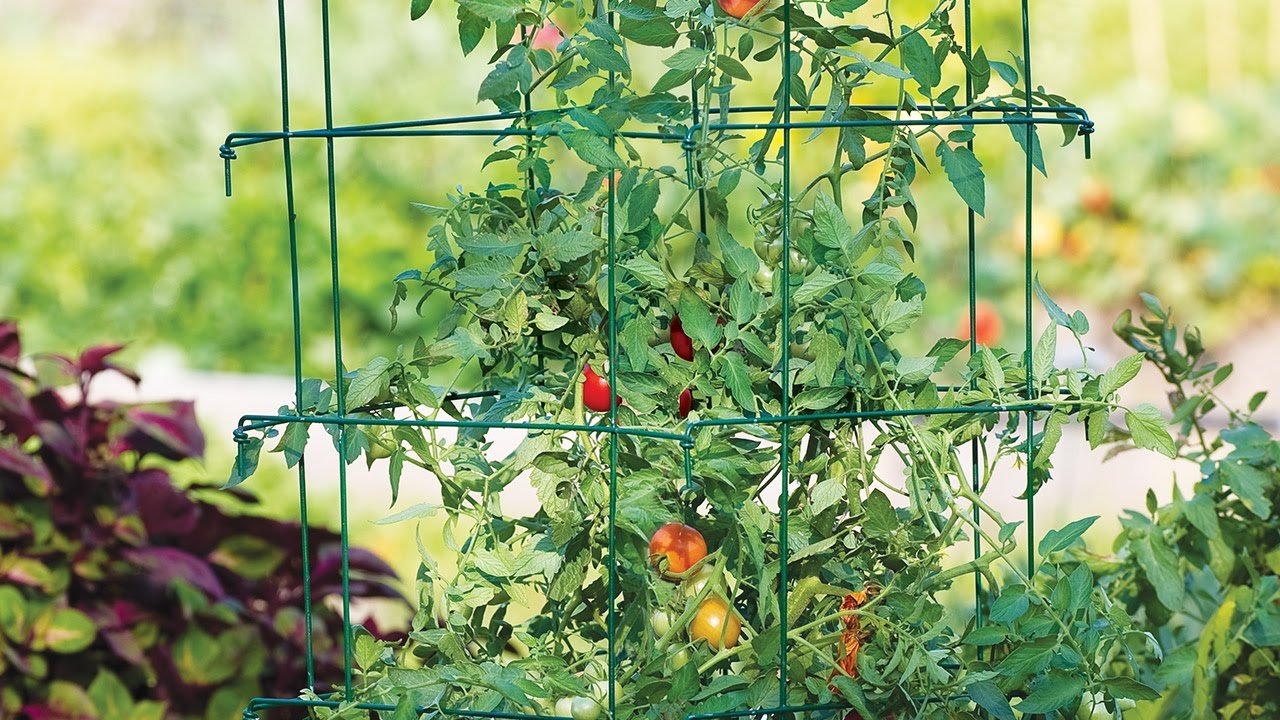
1. Tomatoes: The Classic Choice
The quintessential plant supported by tomato cages is, unsurprisingly, tomatoes. As they tend to grow tall and benefit significantly from the provided structure. These cages assist in maintaining the plant’s upright posture, effectively preventing branch breakage due to the weight of the ripening fruit. This form of support also promotes improved air circulation around the entire plant, thus minimizing the probability of developing fungal diseases. Moreover, keeping tomatoes elevated from the soil helps to avoid soil-borne diseases and facilitates the harvesting process.
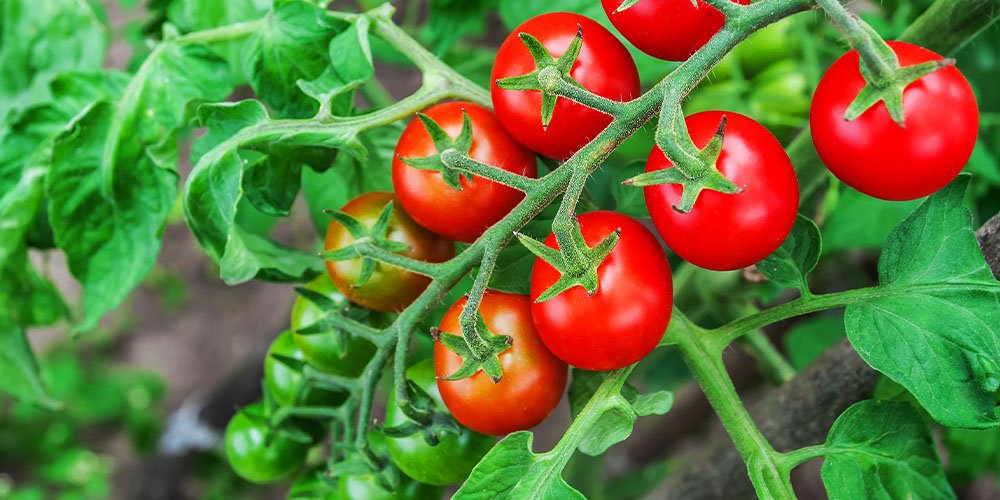
2. Cucumbers: Vertical Growth Benefits
Cucumbers flourish optimally when cultivated with vertical support. This practice promotes enhanced airflow and light exposure. Employing a tomato cage is helpful as cucumbers climb, keeping the fruit clean and mitigating the chance of rot. Additionally, vertical growth simplifies the task of identifying and harvesting ripe cucumbers while also conserving space within the garden, enabling the incorporation of more plants within a more confined area.

3. Peppers: Supporting Heavy Fruit
Especially for larger varieties, peppers can greatly take advantage of the support provided by a tomato cage. As pepper plants develop and produce hefty fruit, they may become top-heavy and prone to tumbling over. A cage offers the required stability to maintain the plant’s upright position, guaranteeing that the fruit remains elevated above the ground, thereby lessening the risk of damage or disease.

4. Eggplants: Preventing Ground Rot
Eggplants possess the capacity to become quite substantial as they reach maturity, accompanied by branches that exhibit vulnerability to breakage in the absence of sufficient support. Through the application of tomato cages, the fruit can effectively stay elevated above the ground, averting potential rot and pest infestations. Furthermore, these cages contribute support to the plant’s overall structure, fostering greater air circulation and sunlight exposure, consequently encouraging superior growth.

5. Peas: Climbing and Space Efficiency
Peas have a natural climbing tendency and derive significant advantages from the vertical support provided by a tomato cage. By cultivating peas vertically, gardeners can achieve space optimization and amplified yield. These cages furnish a climbing framework for the peas, ensuring clean pods and simplifying the task of harvesting. Moreover, vertical growth enhances air circulation, diminishing the likelihood of disease occurrence.
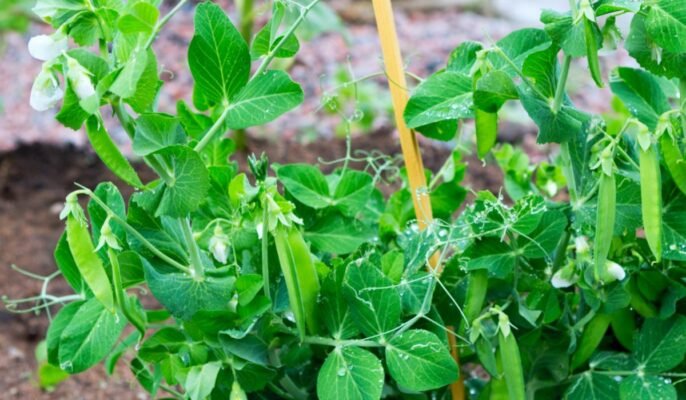
6. Beans: Maximizing Vertical Space
Similar to peas, beans exhibit climbing behavior and thrive when provided vertical support. A tomato cage delivers a durable framework, allowing beans to climb effectively. This climbing habit maximizes garden space utilization and enhances overall yield. Vertical cultivation ensures the beans stay elevated above the ground, thereby lessening the chance of rot while rendering harvesting more convenient overall.
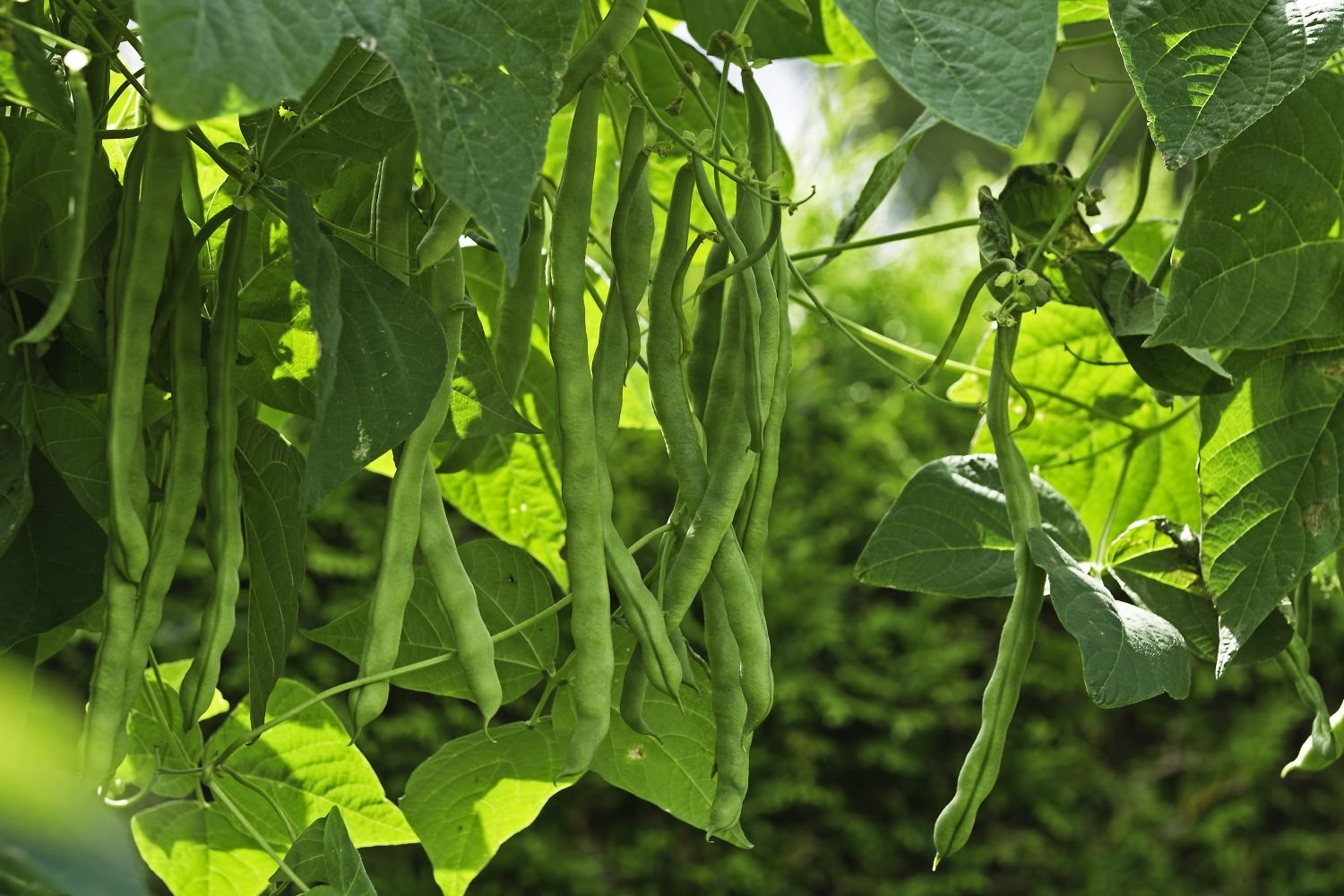
7. Squash: Controlling Sprawl
Squash plants possess the potential to occupy considerable garden space, however, by employing a tomato cage, their sprawling growth can be effectively regulated. By training squash to adopt vertical growth, gardeners can conserve space and enhance airflow surrounding the plant. This approach also ensures that the fruit is distanced from the ground, thereby mitigating the risks of rot and pest infestations.
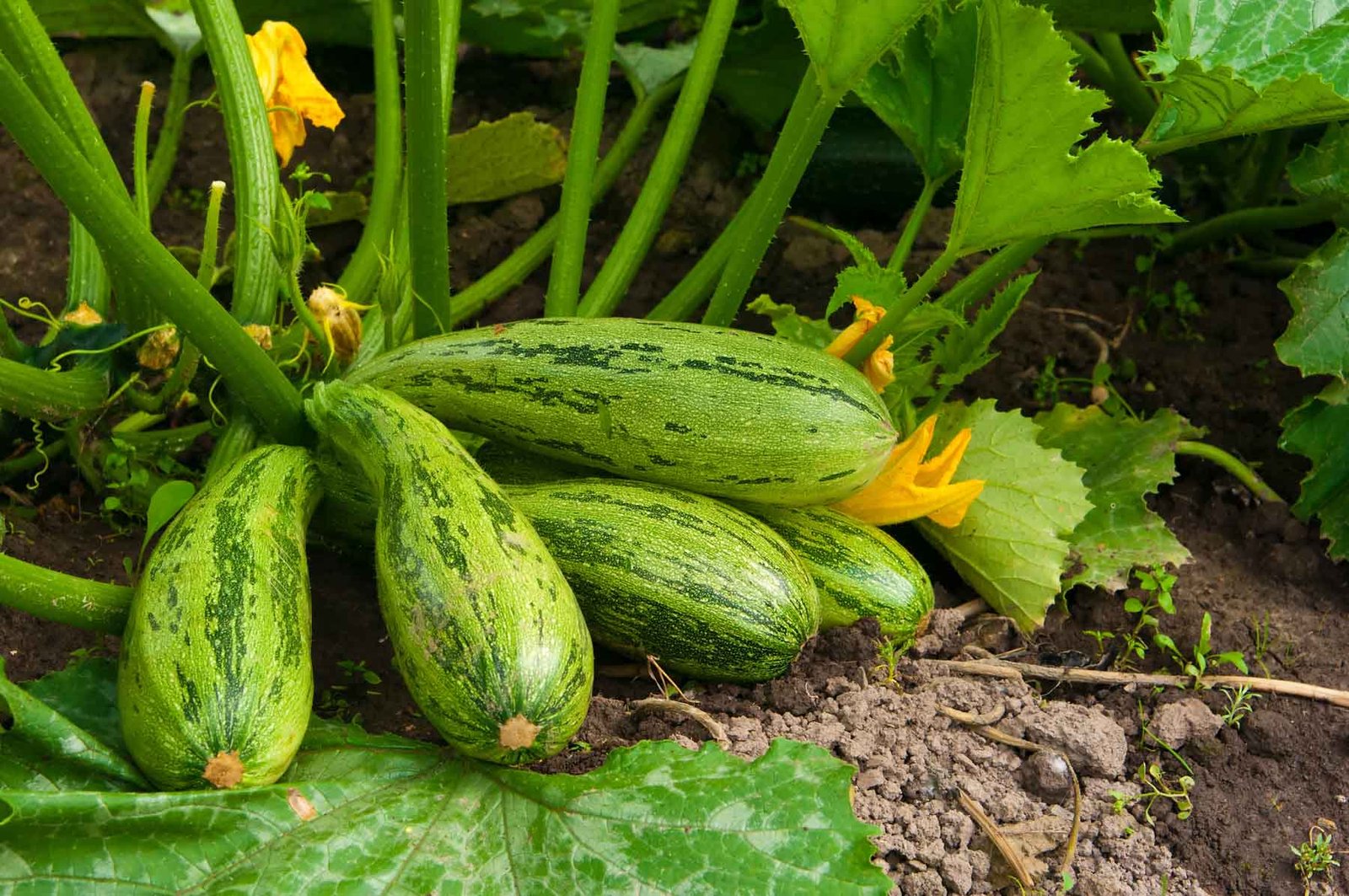
8. Zucchini: Encouraging Upright Growth
Zucchini plants can attain significant size and become cumbersome, but with the utilization of a tomato cage, managing their growth is achievable. By directing zucchini toward upright growth, gardeners possess the capability to conserve space and enhance air circulation. This specific approach also ensures the fruit remains elevated, reducing the potential for rot and simplifying the detection and harvesting of ripe zucchini.
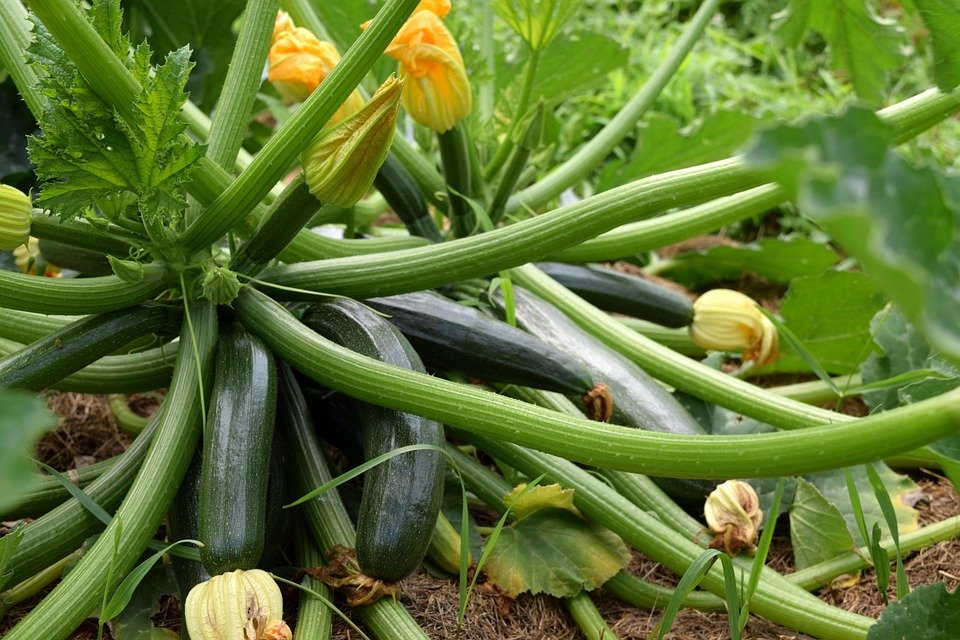
9. Melons: Supporting Heavy Vines
Melons have the potential to yield heavy fruit that necessitates support to avert vine breakage. A tomato cage furnishes the requisite structure to sustain melon vines, ensuring the fruit remains distanced from the ground while mitigating the possibility of rot. This support modality also aids in enhancing air circulation, optimizing sunlight exposure, fostering improved growth, and culminating in sweeter fruit.
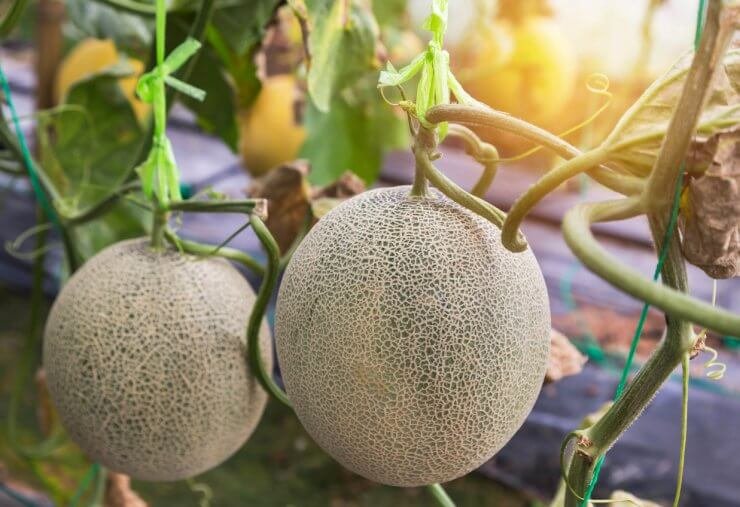
10. Nasturtiums: Adding Beauty and Pest Control
Nasturtiums, recognized for being aesthetically pleasing flowering plants, can experience benefits from the implementation of a tomato cage. By cultivating nasturtiums with vertical support, gardeners can introduce a vibrant spectrum of color to their garden, all while conserving valuable space. Furthermore, nasturtiums are widely acknowledged for their pest-repellent attributes, rendering them both a practical and visually appealing addition to any garden setting.
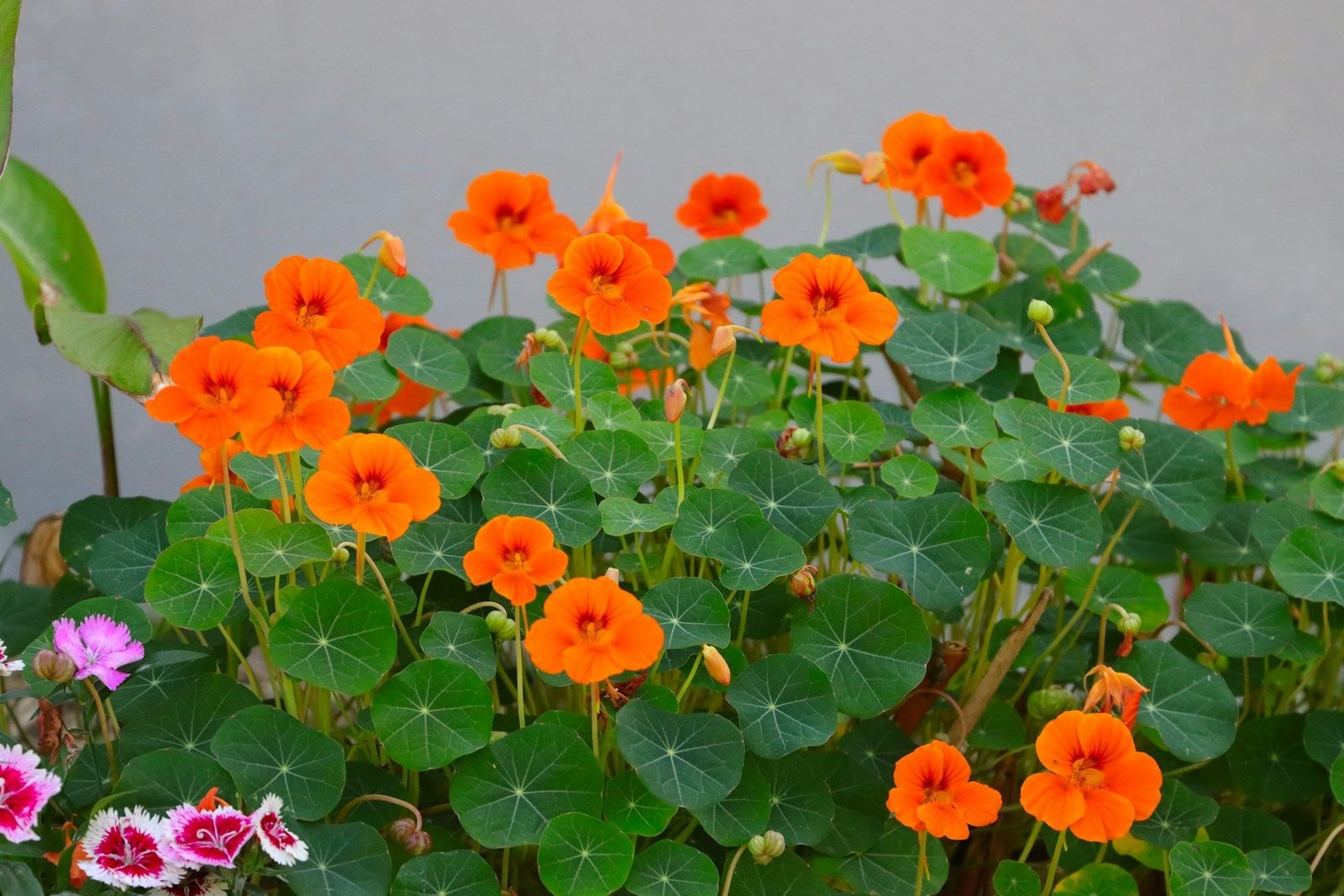
11. Morning Glories: Decorative and Functional
Morning glories, with their climbing nature, present an opportunity to introduce a decorative component to any garden landscape. Employing a tomato cage provides the essential support for their vertical growth, thereby showcasing their stunning blossoms. This cultivation technique conserves space and can also serve the purpose of establishing a verdant screen or offering privacy within the garden.

12. Clematis: Enhancing Vertical Gardens
Clematis stands out as a favored climbing plant, celebrated for its striking and exquisite flowers. A tomato cage delivers exceptional support for clematis to flourish vertically, enabling the plant to present its blossoms with utmost splendor. This technique enhances air circulation and optimizes exposure to sunlight, thus encouraging healthier growth and a richer proliferation of flowering.

Conclusion: The Advantages of Using Tomato Cages
The employment of tomato cages in gardens presents an array of benefits, varying from providing support to weighty fruit to enhancing air circulation and ultimately conserving space. By adopting a vertical cultivation strategy, gardeners can improve their yield, lessen the chances of disease outbreaks, and streamline the entire harvesting process. Tomato cages are versatile instruments adaptable to a diverse assortment of plant life, thus rendering them an indispensable element in any garden setup. Irrespective of whether you cultivate vegetables, fruits, or flowers, tomato cages can provide a pathway to realizing a more fruitful and picturesque garden landscape. `

